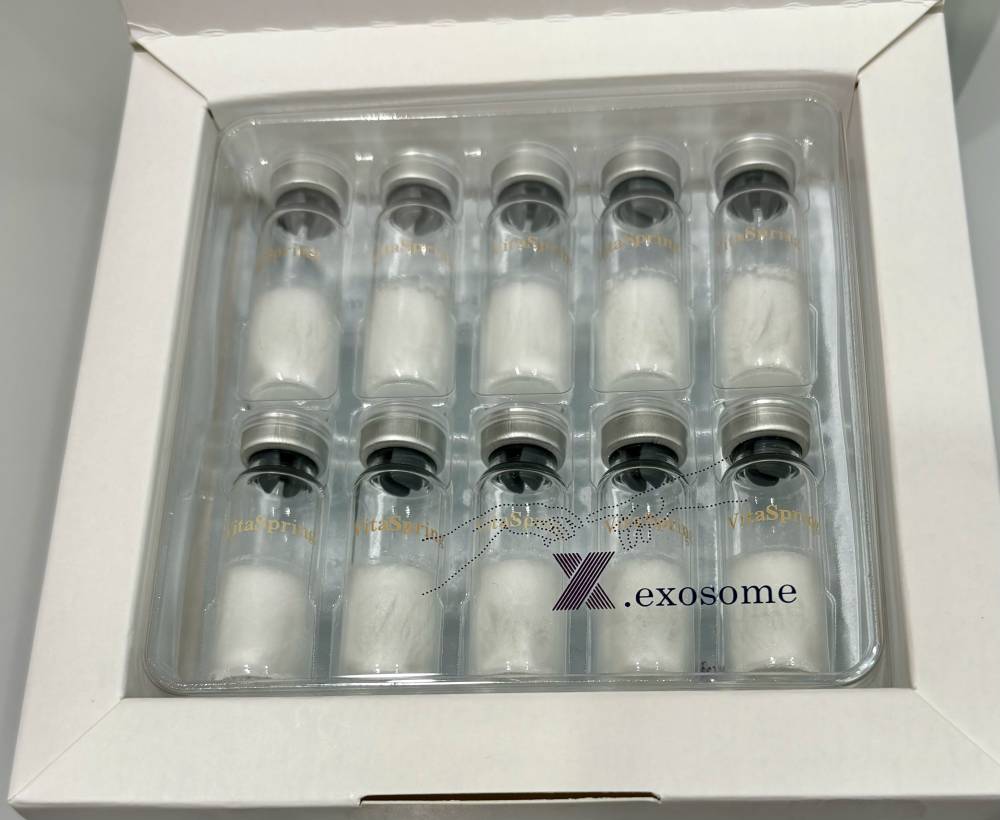(Conclusion)
Having diabetes is certainly bad news, but just like blood-pressure control in hypertension, adequate control of the blood sugar in diabetes can help prevent many of the complications, including blindness due to eye complications (retinopathy), kidney failure requiring dialysis (end-stage kidney disease), clogging of the heart (coronary artery disease) and brain arteries (cerebrovascular disease) leading to heart attack and stroke, weakening of the heart muscles causing heart failure (cardiomyopathy), occlusion of leg arteries (peripheral arterial disease) causing gangrene and requiring amputation, and many more complications.
Simply taking anti-diabetic pills and adhering to a diabetic diet may not be an assurance of good blood sugar control. Hence, monitoring of blood sugar parameters is important to find out if adjustment of doses of medications is needed. This is particularly true for those on insulin injections. The blood sugar levels can fluctuate and go to extremes, and this can lead to more complications.
Anti-diabetic medicines including insulin are needed to control blood sugar levels, but if given in excess, or if the diabetic misses his or her meals, this can also lead to potentially life-threatening complications such as hypoglycemia or excessively low blood sugar levels. Hypoglycemia, if frequently occurring, can even trigger a heart attack or stroke. A blood sugar level below 70 mg/dl (3.9 mmol/L) is already quite low. One severe episode of hypoglycemia (54 mg/dl or 3.0 mmol/L or lower) can make a diabetic go into a coma, developing permanent brain damage, if not promptly corrected.
Monitor blood sugar
Home monitoring of blood sugar levels is therefore important, following carefully one’s doctor’s instructions. One may be instructed to monitor fasting blood sugar levels (before breakfast after an overnight fast) or postprandial (after meals). Both fasting and postprandial levels must be adequately controlled. When one has any symptoms which may be due to hypoglycemia (increased sweating, fast heartbeat, shaking, confusion or irritability, blurring of vision, dizziness and weakness), it’s best to check one’s blood sugar levels. But if this could not be done, taking a sugar source (sweet juice and beverages, candies, etc.) is an important emergency pointer for diabetics. If the symptoms are relieved in a few minutes, then hypoglycemia is really the culprit.
All diabetics must be able to recognize symptoms of hypoglycemia, so they can act on it promptly. If the symptoms are really not due to hypoglycemia, it’s okay because the body’s organs can better tolerate some elevation of the blood sugar (due to sweet food or drinks taken in) than sustained hypoglycemia, especially if severe.
Checking one’s fasting or postprandial blood sugar levels will only show the blood sugar level at the particular time the test was done. In diabetics, it’s also ideal to evaluate the blood sugar control in the last three to four months. The glycated hemoglobin (HbA1c) test is therefore useful, not only for diagnosing diabetes but also for monitoring the response to treatment.
The HbA1c test measures the amount of sugar (glucose) attached to the red blood cells. It reflects the average blood sugar levels during the past three months, which is the lifespan of the RBCs. It’s like getting the weighted average of the blood sugar levels during this period. When the blood sugar is high, the glucose that is not used by the body and no longer stored in the various tissues of the body stays in the blood and attaches to the RBCs.
The HbA1c result, expressed in percent, corresponds to an estimated average glucose, or eAG, indicating the average blood sugar levels in the previous three months. The eAG is reported in the same units (mg/dl) as the blood sugar.
For example, an HbA1c level of 6 percent corresponds to an eAG of around 126 mg/dl, which theoretically is the maximum upper limit, although this level is already considered a pre-diabetic or borderline diabetes level (impaired fasting glucose). In general, for most diabetics under treatment, the HbA1c goal is between 6.5 and 7 percent, corresponding to an eAG of 140 to 154 mg/dl.
Individualized goal
The HbA1c goal (6.5 to 7 percent) should not be a rigid goal, and should be individualized depending on age, presence of other illnesses and overall condition of the patient.
In the elderly, for example, the physician should not be very strict in trying to achieve a near normal blood sugar and HbA1c levels. They may have a higher risk of falling, fainting, getting hurt and suffering from fractures with low levels of blood sugar (hypoglycemia). For the elderly and frail diabetics, an HbA1c target of less than 8.5 percent, corresponding to an eAG of less than 197 mg/dl, should be good enough.
It has to be emphasized that the risk of aggressive blood sugar control, particularly in the elderly and frail diabetics, far outweigh the potential benefit of controlling the blood sugar to near normal levels. There are several published landmark clinical trials which showed paradoxical findings for such aggressiveness in treatment. High-risk diabetics given intensive treatment to control the blood sugar levels to near normal levels had more heart attacks, strokes and all causes of deaths than those who were treated less aggressively. The key to avoid this is to diligently follow the advice of one’s physicians and to regularly monitor one’s blood sugar levels.
Diabetics with kidney involvement already (chronic kidney disease or CKD, secondary to diabetic nephropathy) are more prone to hypoglycemia and its attendant complications. A big number of diabetics eventually develop CKD, which may progress to end-stage renal disease, requiring lifelong dialysis or kidney transplantation.
This is the reason in checking for protein spillage in the urine (microalbuminuria) at least once a year is important in detecting the onset of CKD early enough, which can be improved with available treatments for diabetes and blood pressure.
It may seem ironic, but hypoglycemia is actually linked with increased weight gain in diabetics. I recall Dr. Augusto Litonjua, considered the Father of Philippine Endocrinology, explained in one of his lectures that relatively low blood sugar levels cause “defensive eating” in diabetics, and they may not realize they’re putting on weight. Weight gain is a common side effect of several commonly used anti-diabetic agents. So, if the patient is overweight already, the physician should avoid prescribing these drugs.
Newer drugs
To prevent hypoglycemia and weight gain in diabetics, the newer classes of drugs like the DPP4 (dipeptidyl peptidase-4) inhibitors, GLP-1 (glucagon-like peptide-1), and the SGLT2 (sodium glucose cotransporter-2) are preferred. To improve further the long-term outlook (prognosis) of the heart and kidneys of diabetics, the experts also recommended the use of a renin-angiotensin (RAS) blocker, specifically an angiotensin-converting enzyme (ACE) inhibitor or an angiotensin receptor blocker (ARB).
Statins, which are generally prescribed for patients with elevated cholesterol levels, should also be given all diabetics even if their cholesterol levels are normal because of their benefits in diabetics not related to the drug’s cholesterol-lowering effects. For those with chest pains or other symptoms of coronary artery disease (CAD) due to narrowing of the heart arteries, blood thinners (antiplatelet agents) like good old aspirin will also be beneficial.
A diagnosis of diabetes may mean lifelong intake of medicines. But this is still a small price to pay, considering the benefits of maintaining adequate, age- and case-appropriate blood sugar control. We have a 94-year-old longstanding patient who tells us that when he was diagnosed with diabetes more than 40 years ago, he made a more conscious effort to live a healthier lifestyle—he quit smoking, shed off his excess weight by regular exercise, managed his stress better by meditation, and was more conscious of the things he ate and drank. So, it turned out to be a blessing in disguise.
Yes, one may still expect to live a long, healthy and meaningful life with diabetes.








































